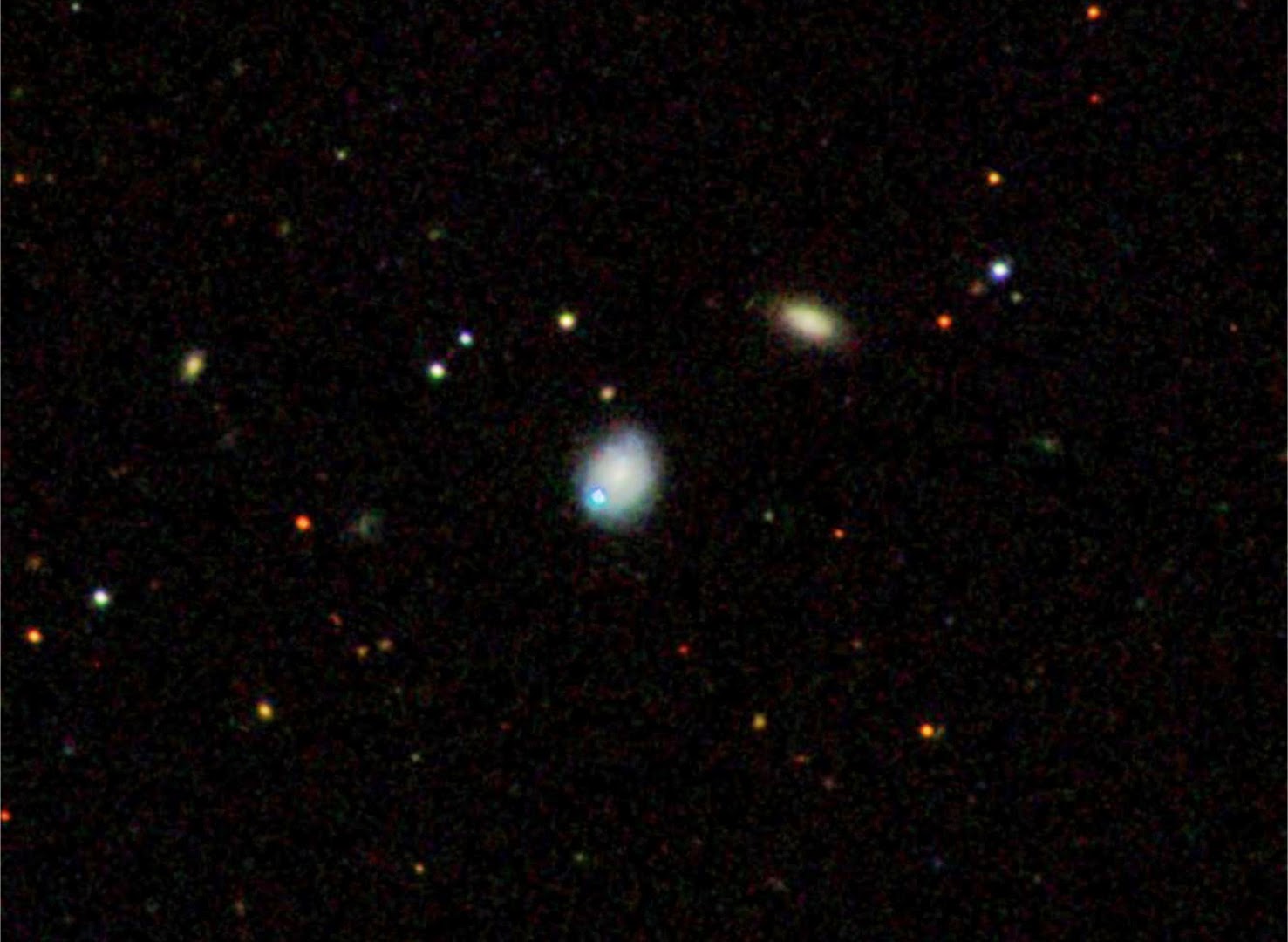“The ideal scientist thinks like a poet and works like a bookkeeper,” the influential biologist E.O. Wilson said in his spectacular recent conversation with the former Poet Laureate Robert Hass, exploring the shared creative wellspring of poetry and science.
A beautiful embodiment of it comes from 30 Days, an unusual and bewitching series of “quantum poetry” by xYz, the pseudonym of British biologist and poet Joanna Tilsley, who began writing poetry at the age of eight and continued, for her own pleasure, until she graduated college with a degree in biology.
In April of 2013, while undergoing an emotional breakdown, Tilsley took a friend up on a dare and decided to participate in NaPoWriMo, an annual creative writing project inviting participants to write a poem a day for a month.
Immersed in cosmology and quantum physics at the time, she found herself enchanted by the scientific poetics of nature as she strolled around her home in North London.
Translating that enchantment in lyrical form, she produced a series of thirty poems on everything from DNA to the exoplanet Keppler-62F, a “super-Earth-sized planet orbiting a star smaller and cooler than the sun,” to holometabolism, the process by which the caterpillar metamorphoses into a butterfly, to the Soviet cosmonaut Yuri Gagarin, the first human being to see Earth from space.
 I had been reading a lot about cosmology and new physics at the time, and as I took my habitual walks across the marshes surrounding my home in North London, I pondered deeply upon the dimensions of space and time through which I was passing, as well as existing euphorically in the moment with the first stirrings of spring.
I had been reading a lot about cosmology and new physics at the time, and as I took my habitual walks across the marshes surrounding my home in North London, I pondered deeply upon the dimensions of space and time through which I was passing, as well as existing euphorically in the moment with the first stirrings of spring.
A beautiful embodiment of it comes from 30 Days, an unusual and bewitching series of “quantum poetry” by xYz, the pseudonym of British biologist and poet Joanna Tilsley, who began writing poetry at the age of eight and continued, for her own pleasure, until she graduated college with a degree in biology.
In April of 2013, while undergoing an emotional breakdown, Tilsley took a friend up on a dare and decided to participate in NaPoWriMo, an annual creative writing project inviting participants to write a poem a day for a month.
Immersed in cosmology and quantum physics at the time, she found herself enchanted by the scientific poetics of nature as she strolled around her home in North London.
Translating that enchantment in lyrical form, she produced a series of thirty poems on everything from DNA to the exoplanet Keppler-62F, a “super-Earth-sized planet orbiting a star smaller and cooler than the sun,” to holometabolism, the process by which the caterpillar metamorphoses into a butterfly, to the Soviet cosmonaut Yuri Gagarin, the first human being to see Earth from space.
 I had been reading a lot about cosmology and new physics at the time, and as I took my habitual walks across the marshes surrounding my home in North London, I pondered deeply upon the dimensions of space and time through which I was passing, as well as existing euphorically in the moment with the first stirrings of spring.
I had been reading a lot about cosmology and new physics at the time, and as I took my habitual walks across the marshes surrounding my home in North London, I pondered deeply upon the dimensions of space and time through which I was passing, as well as existing euphorically in the moment with the first stirrings of spring.
The poems followed naturally through; in fact they burst out of me, allowing me to weave a pattern of deep emotion through a weft of scientific fact.


















































